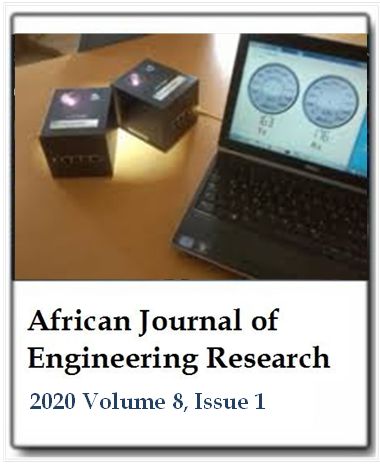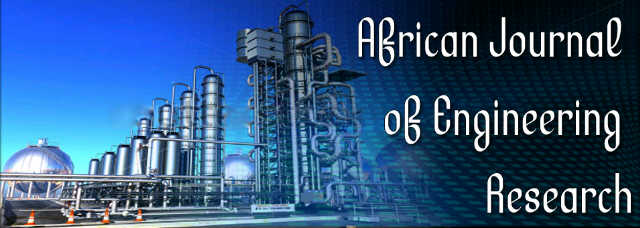On the efficacy of a proposed unsteady state heat loading protocol
S. Bepete, T. S. Dlodlo, S. Mudono and T. MarwiziAfrican Journal of Engineering Research
Published: March 20 2020
Volume 8, Issue 1
Pages 10-16
Abstract
The paper relates to the thermodynamics of heat transfer processes in which the source of heat is a hot gaseous fluid. The effect of systematically introducing alternating conditions of compression and decompression inside a heat exchanger is investigated. The said alternating conditions are actuated by introducing two periodic valves at the heat exchanger inlet and outlet. This unsteady state mode of operation is shown to result in enhanced heat exchange under certain conditions. This method of heat exchange has been termed ‘Unsteady State Heat Loading Protocol (USHLP).’ Experiments were carried out to compare steady state and USHLP based heat transfer in the context of steam providing heat to a water evaporation process. In the experiments, heat was transferred from steam to an evaporation process through a jacket type heat exchanger. An increase in efficiency of around 42% was observed from replacing steady state heat transfer with USHLP under the same operating conditions and geometric configuration. The results of the experiments are discussed in the concluding sections of the paper. It was noted that consistently less steam was used per unit amount of water evaporated in experiments where USHLP was used as compared to steady state heat transfer.
Keywords: Steady state, unsteady state, heat transfer, periodic valves, compression, decompression.
Full Text PDFThis article is published under the terms of the Creative Commons Attribution License 4.0

